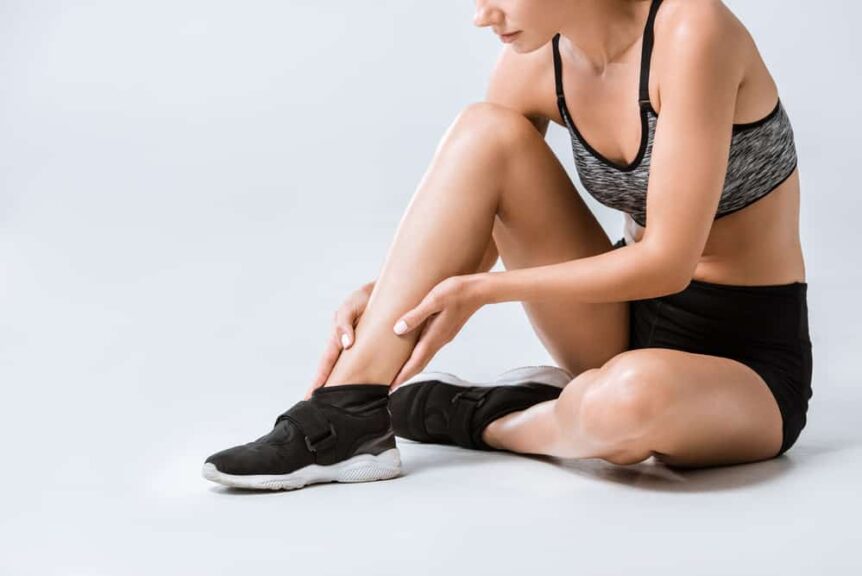C.F.L. Mulder, A.C. van der Vlist, M. van Middelkoop, et al.,
Journal of Science and Medicine in Sport (in press)
Objectives: To determine whether baseline physical tests have a prognostic value on patient-reported outcomes in Achilles tendinopathy.
Design: Prospective cohort study, secondary analysis of data from a randomized trial.
Methods: Patients with chronic midportion Achilles tendinopathy performed a progressive calf muscle exercise program. At baseline and after 2, 6, 12 and 24 weeks, patients completed the Victorian Institute of Sports Assessment—Achilles questionnaire and performed the following physical tests: ankle dorsiflexion range of motion with a bent knee or an extended knee, calf muscle strength, jumping height and pain on palpation (Visual Analogue Scale; 0–100) and after 10 hops (Visual Analogue Scale-10-hops). Associations between baseline test results and improvement (Victorian Institute of Sports Assessment—Achilles scores) were determined using a Mixed Linear Model.
Results: 80 patients were included. The mean Victorian Institute of Sports Assessment—Achilles score improved 20 points (95 % confidence interval, 16–25, P < .001) after 24 weeks. There were significant associations between the baseline ankle dorsiflexion range of motion with a bent knee (β 0.2, 95 % confidence interval 0.001 to 0.3, P = .049), the baseline pain provocation tests (Visual Analogue Scale palpation: β −0.2; 95 % confidence interval: −0.4 to −0.1; P < .001, Visual Analogue Scale-10-hops: β −0.3; 95 % confidence interval: −0.4 to −0.2; P < .001) and the change in the Victorian Institute of Sports Assessment—Achilles score.
Conclusions: In patients with chronic midportion Achilles tendinopathy, easy-to-perform pain provocation tests have a clinically relevant prognostic value on patient-reported improvement. Patients with less pain during pain provocation tests at baseline have a better improvement in pain, function and activities after 24 weeks than patients with high baseline pain scores.

